Cheap bike upgrades: Improve your ride without breaking the bank
These cheap bike upgrades will improve your ride without the expense of a new bike
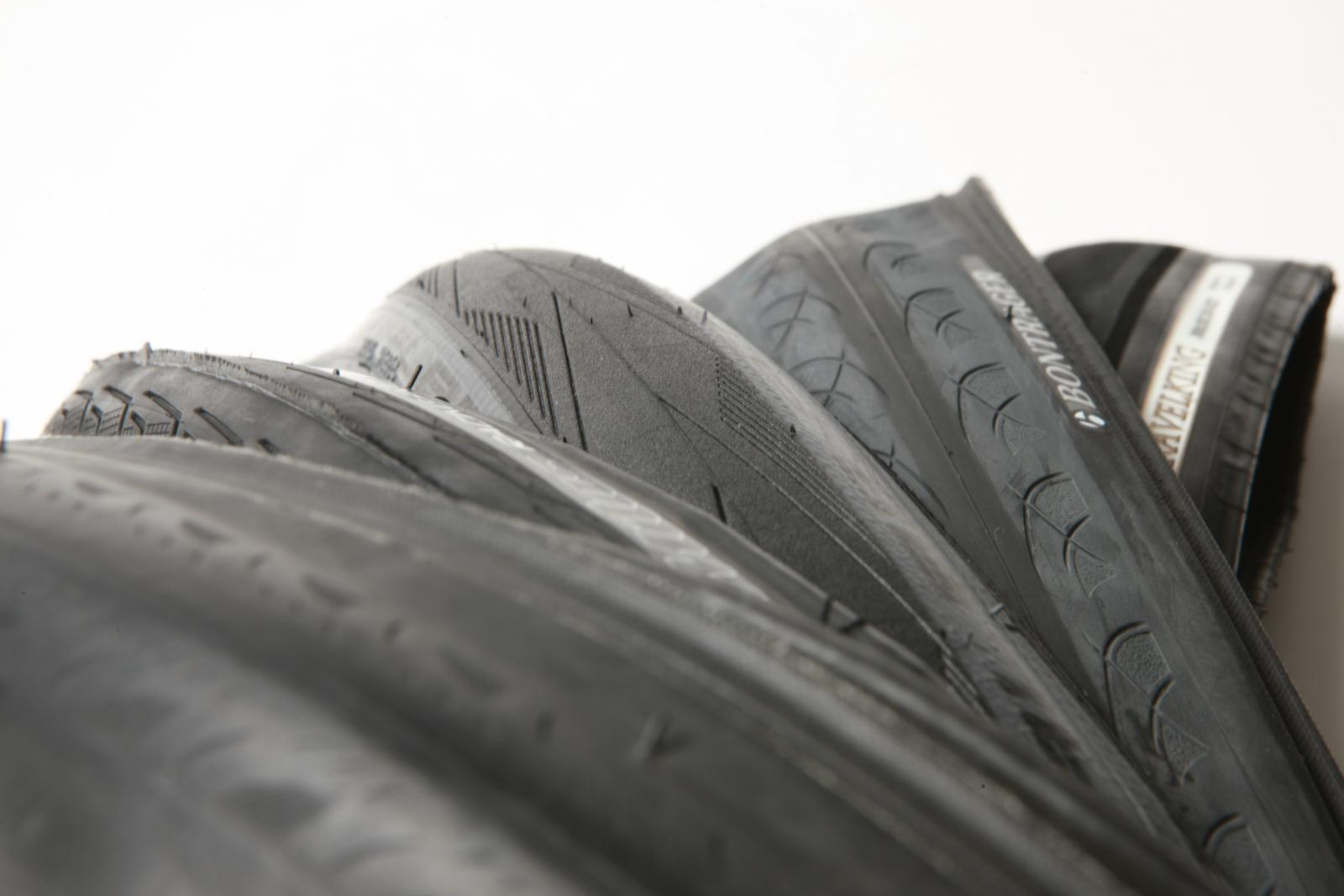
There are plenty of cheap bike upgrades that will make your ride more comfortable or improve its performance, without buying a new bike or making a big ticket change like wheels or a groupset.
There's a tendency to see one of the best road bikes or a new set of wheels as the panacea to solve all your current bike's deficiencies, but in reality, small changes can make a big difference, even if it's not obvious that your current componentry is subpar. They needn't cost a fortune either.
Bike brands fit one saddle model to every bike of a certain spec level, for example, regardless of the best road bike saddle to suit a particular rider. They don't have much choice when they're building a bike in a factory for an unknown rider, but you do have a choice and a saddle swap may make you a lot more comfortable.
Bikes are usually built to a budget too, so the choice of items like bar tape might not be the best bar tape available for comfortable riding.
If you have a mechanical groupset or cable-operated brakes, cables can deteriorate quickly, particularly if you're riding in the winter. A new set of gear or brake cables can make a big difference. Ditto new brake pads. They could cut down on longer-term repair costs as well.
So with that in mind, here are our top suggestions for cheap bike upgrades.
Tyres
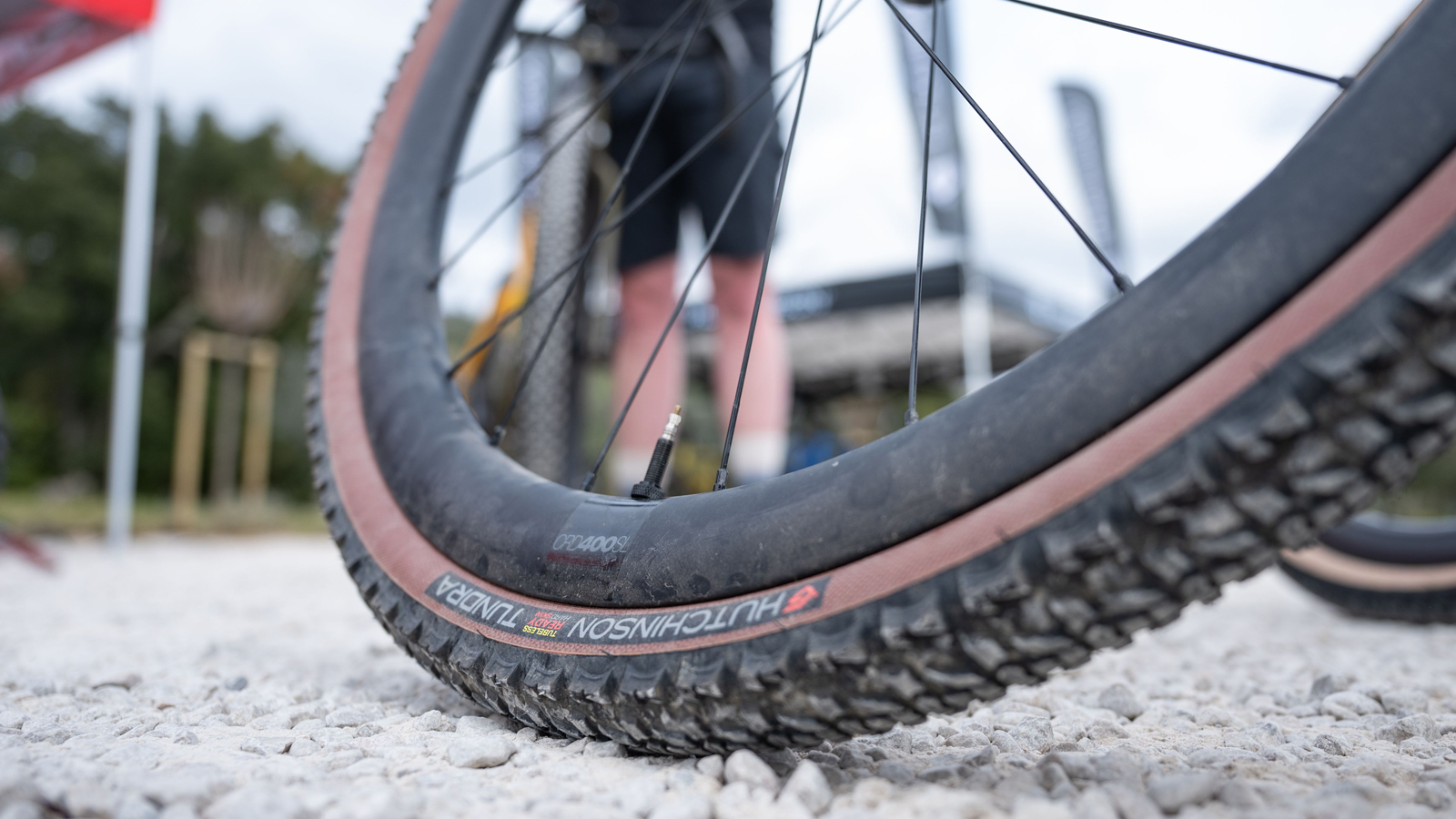
Upgrading to a set of the best road bike wheels or the best gravel wheels will likely be a significant investment. Despite this, it is possible to transform the feel of your bike, or significantly alter its capabilities in one area or another with a much cheaper alternative to new wheels: swap to a different set of tyres.
Whether you're after best road bike tyres or the best gravel tyres, the prices can be a tenth of a new wheelset, and they can improve the bike's rolling resistance - making it faster - as well as providing a better balance of traction and speed when riding off road.
While you as the rider make contact with the bike at five different points, your bike contacts the ground at only two. The characteristics of your chosen tyre can genuinely elevate a lacklustre ride to something magical. Whatever rubber you chose to adorn your rims with there are a few factors to consider:
Rubber compound
A grippier tyre will allow you to corner with more confidence. The real-world grip is a function of the rubber compound, tyre width, tread and pressure but, in essence, a more tacky compound will improve your levels of grip. It will also wear faster, so maybe save the race-day rubber for the weekends and not for the daily commute.
Width
The trend in both road and gravel is towards ever wider tyres. Modern road bikes can now take tyres that are approaching the limit of legality for cyclocross. Maybe your frame can't take 33mm, but if you can squeeze a few millimetres more you'll be able to run them at lower pressures. This will give you a greater contact patch as well as greater levels of comfort without really sacrificing any speed either.
Tread
Road-specific tyres, especially for summer use, are more or less totally slick in the centre, usually with some tread on the shoulders. The best winter road bike tyres give you some extra grip and puncture protection without necessarily slowing you down too much.
Gravel tyres are available in such a dizzying array of options it's hard to keep track, but the trick is to really be honest with the type of surface you're riding on and pick a tread pattern accordingly. Torn between two options? Don't be afraid to mix treads; pick a more aggressive pattern for the front and something faster rolling at the rear.
Rolling resistance
Rolling resistance is primarily a function of the tackiness of the rubber and the ability of the tyre carcass to deform. More supple casings, measured in threads per inch (TPI) will generally roll faster, but will be more expensive and usually be more prone to punctures.
Puncture resistance
Nothing ruins a ride quite like the increasingly bouncy feeling of a deflating tyre. It can leave you stranded or make you late for work. Particularly for commuting, where you may be riding through urban streets covered in glass and other sharp objects, upgrading to a set of tyres with additional protection will likely be a good idea. Continental Gatorskin, or the Gatorskin Hardshell for even more protection, have become perennial favourites for commuters.
Tubeless
While not always possible without swapping to a set of tubeless compatible rims, making the leap to tubeless could help you avoid punctures thanks to the self sealing capabilities of the tubeless sealant sloshing around inside your tyre. For the curious, we have a thorough run through of the benefits of tubeless tyres to help you stay informed, and a roundup of the best tubeless road tyres available.
Weight
Weight has had to play second fiddle to aerodynamic efficiency in recent years. That being said, a heavier set of tyres will increase the overall weight of the bike, particularly pertinent as it's rotational weight. While important, the factors mentioned above will likely play a greater impact in improving your ride than weight on its own.
Considering some new rubber? Head to our guides to the best road bike tyres and the best gravel tyres to find out what's what.
Cables
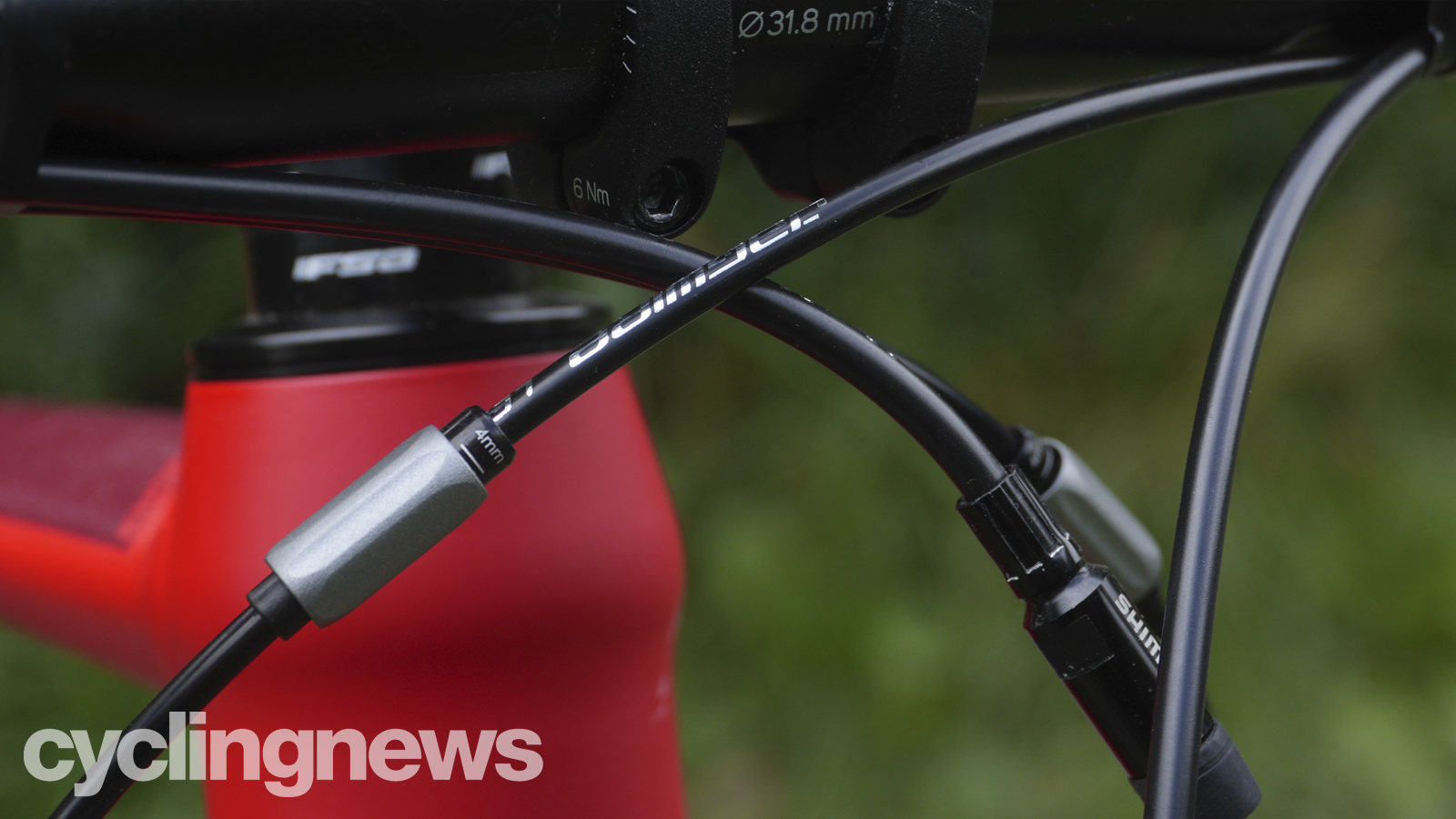
In a world that is slowly moving away from mechanical brakes and gears, cables can often be an overlooked area for improvement. Better, or even simply newer, cables provide better performance from your components.
With the highest-end shifters typically supplying polymer-coated gear cables, they have become synonymous with ‘quality’ amongst some riders. Controversially, from a mechanical perspective, they can often pose problems, with the coating bunching up over time and causing blockages in either the cable outer or, more annoyingly, inside frames.
Shimano’s Optislick cables are a great option to circumnavigate this issue, as they are coated to protect from the elements but do not shed the outer layer.
For mechanical braking, upgrading to compressionless housing can provide a much punchier feel. The cable outer is constructed with straight rods as opposed to the traditional coil, reducing the spongy feeling that can often occur. This is particularly useful with cable-operated disc brakes, or to give a sharper feel to rim brakes. Brands such as Jagwire provide specific compressionless cable kits.
Brake pads
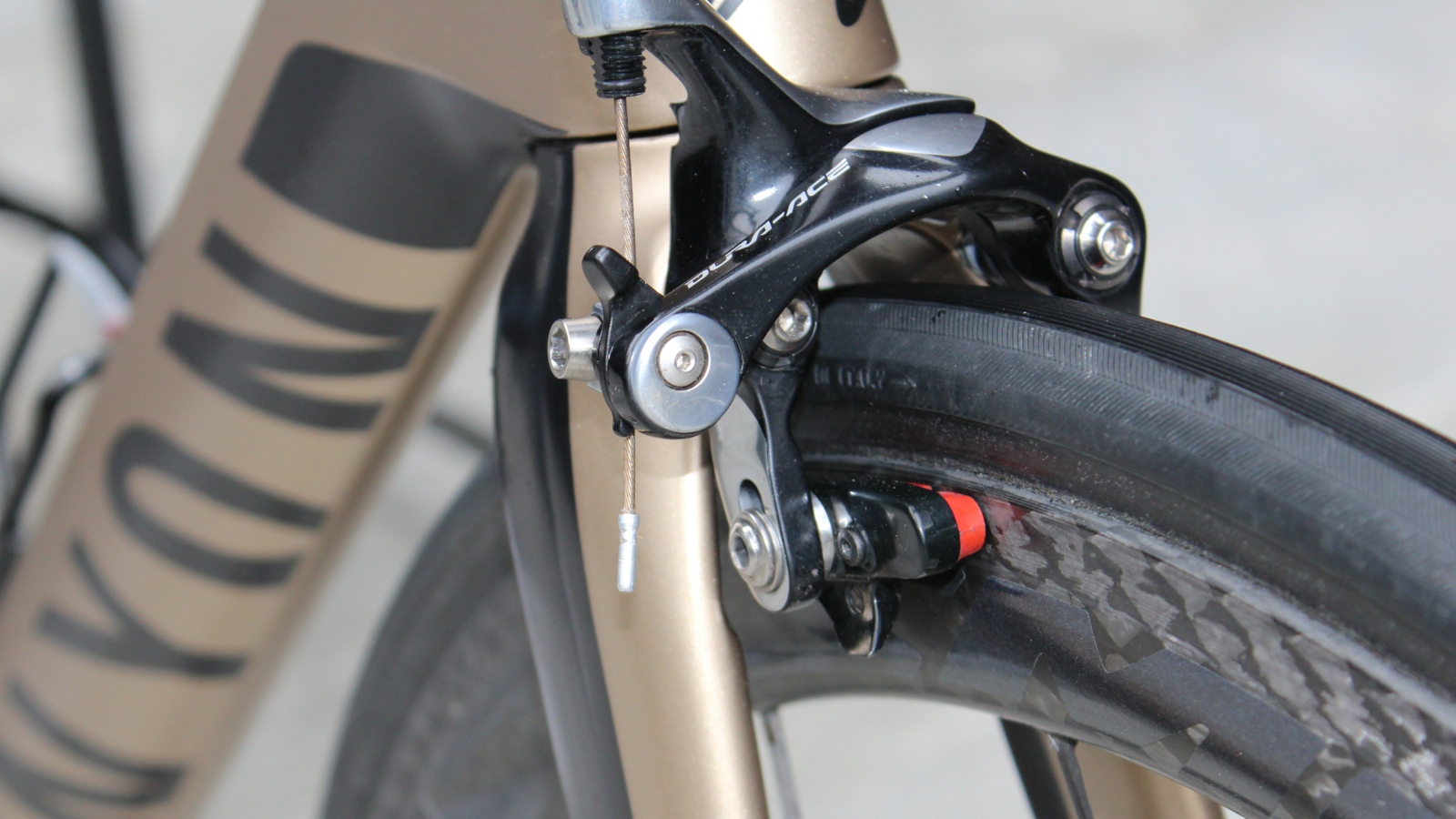
As well as cables, choice of brake pad can transform your braking power, due to better compounds and design. For rim brakes, replaceable insert holders allow for precise adjustment of brake pad angle, enabling better contact with the wheel. Different pad compounds provide improved feel and performance, though the more aggressive the brake pad compound is, the more quickly the pads will wear the wheel’s braking surface down.
For disc brakes, entry-level pads often wear down more quickly and stopping distance tends to be more noticeably affected. As with rim brake pads, there are a variety of different materials commonly used, with some brands offering specific pads for wet riding conditions.
Manufacturers such as SwissStop and Kool-Stop (not to be confused) have put extensive research into developing new compounds, and are the choice of pads for many. The SwissStop Flash Pro BXPs and Kool-Stop D635s are among some of the popular choices.
It is important to note that carbon braking surfaces require carbon-specific brake pads, and some wheel manufacturers such as Mavic and Reynolds require their own-brand brake pads to be used in conjunction with their rims.
If you’re keen to learn more about this, our disc brakes vs rim brakes feature might be right up your alley.
Saddle
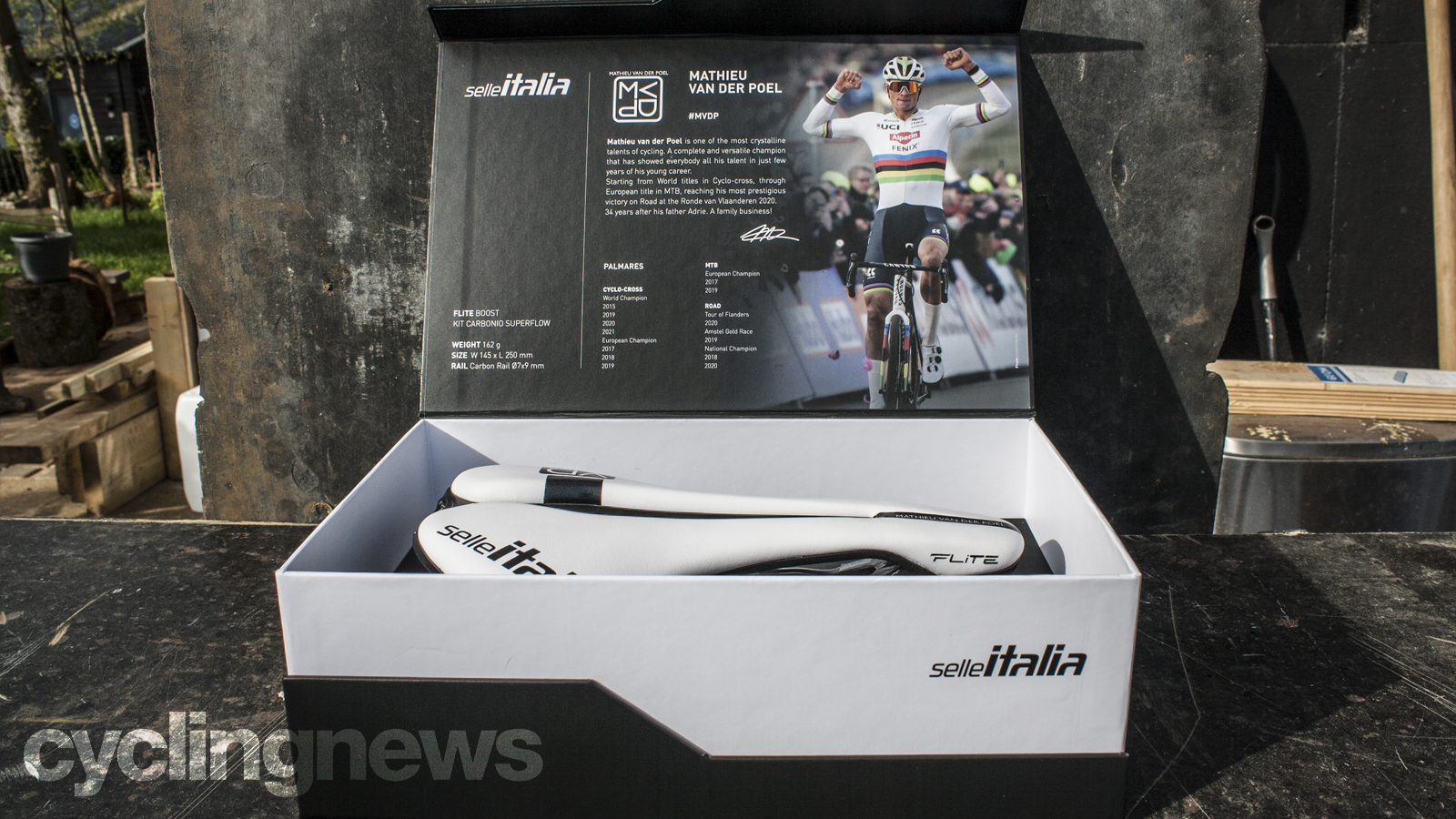
As the majority of our time on the bike is spent seated, upgrading your saddle can greatly improve your comfort whilst riding, and can even help keep you out on the bike for longer.
Over the years, saddles have been developed to suit all sorts of body types, including male and female anatomy, different width sit bones, hip angle, and weight distribution. Carbon saddle rails can shave off weight for those looking for marginal gains, though it is key to remember that these require different seatpost clamps to protect the carbon.
Finding the right saddle for you can be done with a good balance of research combined with a healthy dose of trial and error. Some shops offer ‘Saddle Libraries’ to allow riders to test out different options before purchase. To see how different saddles have fared under review, have a look at our list of the best road bike saddles as well as the best gravel bike saddles, as both have handy tips on how to find the best saddle for you.
Bar tape
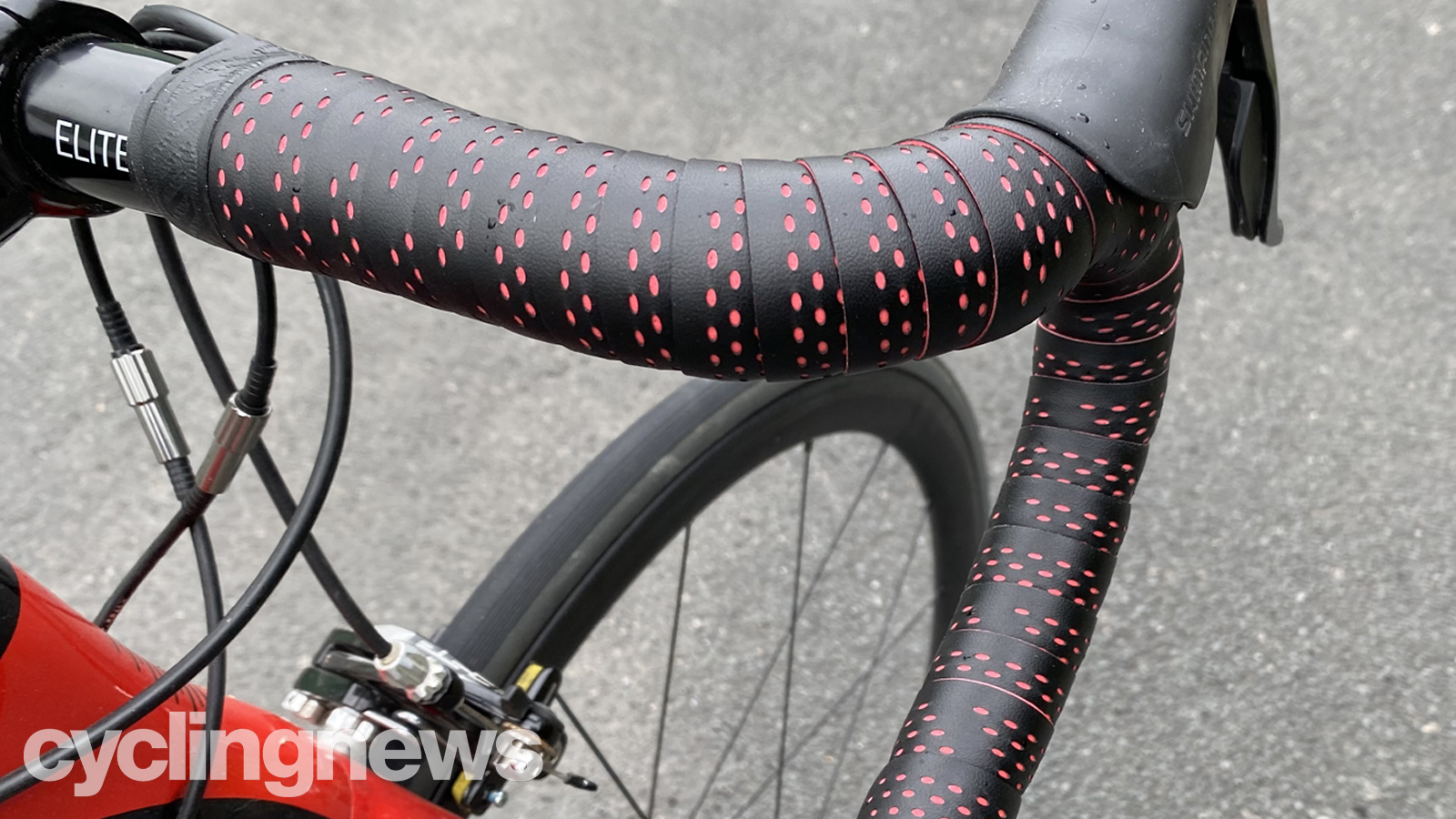
Similar to saddles, handlebars are an important touchpoint to consider when wanting to upgrade your bike. Don’t underestimate bar tape as mere decoration. With a myriad of available thicknesses, grips, and textures, it can significantly alter the feeling of your bike.
In racing scenarios, thinner bar tape allows more road feel and can ultimately provide better responsiveness, whereas thicker tape can help absorb road rumble and shock on longer or more practical commuting rides, where comfort is the priority. Grippy tape can also help reduce hand cramp, as less strength is required to hold securely onto the bars.
Supacaz Sticky Kush, Lizard Skins DSP V2, and Fizik Vento Solocush are among some of the popular choices of handlebar tape. For more, see our guide to the best bar tape.
Where to start?
It can feel slightly overwhelming when first considering upgrades to your bike, and understandably so.
It's worth taking stock of what works least well or is least comfortable on your bike and starting there. If your brakes feel spongy, it might be time to upgrade your brake cables and brake pads; if your saddle is uncomfortable, see if you can try out some alternatives.
If you have a hit list of changes to make, you can tackle them each in turn, helping to spread out your investment and letting you see the outcome and enjoy the benefits before making another change.
Most of these smaller upgrades are relatively simple to make yourself, so you can keep costs down, and many don't need specialist tools. It's worth investing in one of the best bike torque wrenches though to make sure that any bolts you work on are tightened to the right value.
Brake pads are a good place to start. Particularly if your bike is equipped with rim brakes with cheap one-piece pads without separate shoes, a swap to two-piece pads and shoes can make a large difference. If your braking is still poor, consider replacing the cable inners and outers.
With tyres a consumable item, you're going to have to swap them out sooner or later. You can always keep a lower-quality set that you've replaced for winter riding or for an emergency.
Better bar tape is a quick upgrade that will improve your comfort; if you have a flat bar hybrid bike, consider fitting ergonomically shaped grips, which again can add a lot of extra comfort without much expense.
Saddles are more of a considered purchase and the best road bike saddles can be expensive, so a saddle library or a test saddle from a bike shop is an excellent option before you spend your cash. Most saddle designs are available with cheaper steel rails, so it might be worth buying one of these before spending on a carbon-railed option.
Get The Leadout Newsletter
The latest race content, interviews, features, reviews and expert buying guides, direct to your inbox!